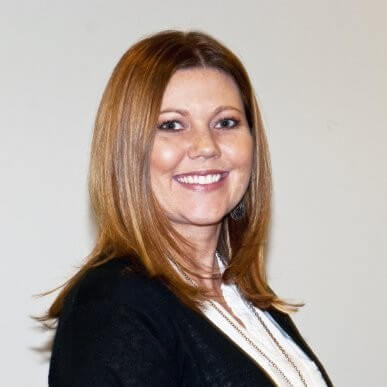By Jessica Kojima, vice president of professional services, AdvancedMD.

Medical providers often battle inefficient and piecemeal software configurations that constitute the technological lifelines of their practices. Even if current solutions aren’t integrated to meet their needs, they sometimes feel it is easier to stick with what they’ve got instead of considering the possibility of upheaval.
Staying current—or better yet, striving for innovation—often comes at a price of temporary disruption for providers and staff. But if a new electronic health record (EHR) and practice management (PM) system are implemented with proper planning and stakeholder buy-in, the practice can realize true efficiency without substantial disruption.
Before the EHR/PM implementation process kicks off, the practice should assess the effectiveness of its clinical and administrative workflows. A practice that wants to cram a new EHR or PM into an existing workflow that isn’t working is thinking short-term. It’s important to consider “big picture” goals and aim to improve bad processes and optimize productivity. An effective approach will realize efficiencies across an entire practice versus one function or role. By considering the importance of productivity optimization across the whole operation, a holistic and integrated approach will enable growth and improvement for both patients and staff.
Preparing for payer migration
While considering the practice’s overall goals, the practice must also perform a payer analysis. A new PM system will require new Electronic Data Interchange (EDI) agreement enrollments to electronically submit and receive claims, remittance, eligibility, and claims status, which differ from payer to payer. This is often a forgotten aspect of moving to a new practice management system, and is arguably the most critical change. The practice should have the following items ready well before implementation:
- List of payer IDs as they are credentialed. This information can be found by reviewing how the practice submits and receives electronic transactions currently, or by contacting the payer directly.
- The official name as credentialed.
- Understand if the providers are credentialed as a group or provider.
- Tax ID.
- National provider identification (NPI) number.
Many payers also require online registrations, voided checks, letters on specific letterhead—to name a few—to process an agreement. This demands timely attention by a designated individual in the practice for a seamless enrollment process. The practice should also set a “go-live” date to start submitting transactions through the new system. Preparing adequately in the weeks ahead of implementation will enable a timely kickoff of the new system.
Focus on people
Instinctively, an EHR and PM implementation might seem to be all about the software technology. Not so: it’s about the people. It’s vital that a medical practice identifies an implementation champion who will be responsible for both supporting and managing the transition. Depending on how aggressive the go-live goal is, the practice may need a practice management and a clinical champion to ensure all of the configuration and training occurs simultaneously. The champion’s role is to listen to every staff member affected by the transition and communicate openly with the team about why the switch is being made and how the leadership will support them. Ideally, everyone agrees on the approach, objectives, and expected outcomes.
The champion will ensure the staff has adequate time to train and get set up on the new system. It takes more than one weekend to switch vendors and get everyone on the team comfortable. The champion will schedule and attend the training sessions and help modify staff schedules throughout the process as needed. The staff will be responsible for doing homework and assignments, so they are up to speed as the migration begins.
During the planning and implementation phases, providers will need to be involved in critical decision making. The success of an EHR/PM adoption or change in a practice is heavily dependent on finding a workflow that will accommodate the way the providers in the office prefer to practice, including establishing proper templates and notes. Providers should role-play the new or redesigned workflows with access to historical information, so the patient experience remains positive, too.
Carry out the vision
Once all the proper plans are in place, a practice can realize the new system’s productivity benefits and return-on-investment. From physicians and nurses to medical assistants, front-desk and back-office staff, every practice member is impacted by this move. Finding a supportive vendor partner to help manage the complex process will ensure a smooth transition for everyone, including patients.
By adhering to these three best practices, providers can expect a more seamless transition. With the staff’s buy-in, and a software vendor that is a great business partner during this migration, the practice will reap all the rewards technology can offer providers and their patients.
Courtesy of Electronic Health Reporter

